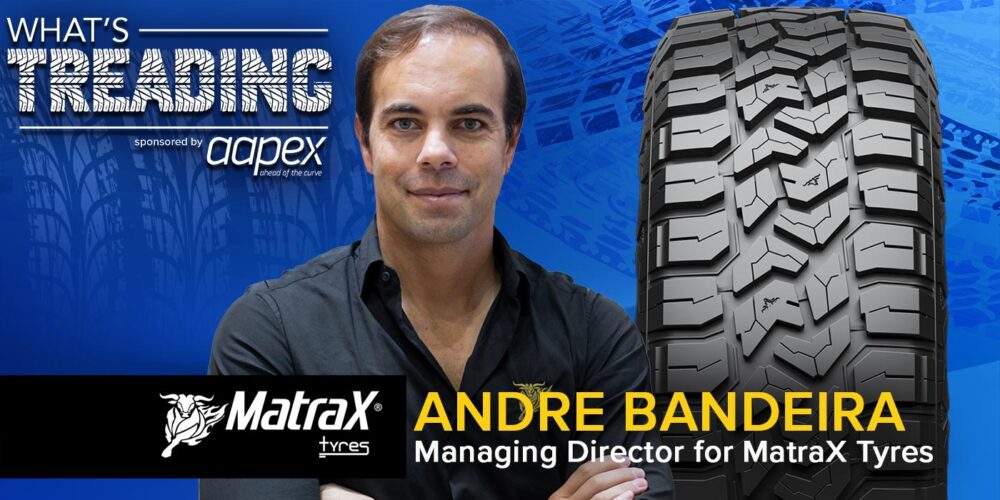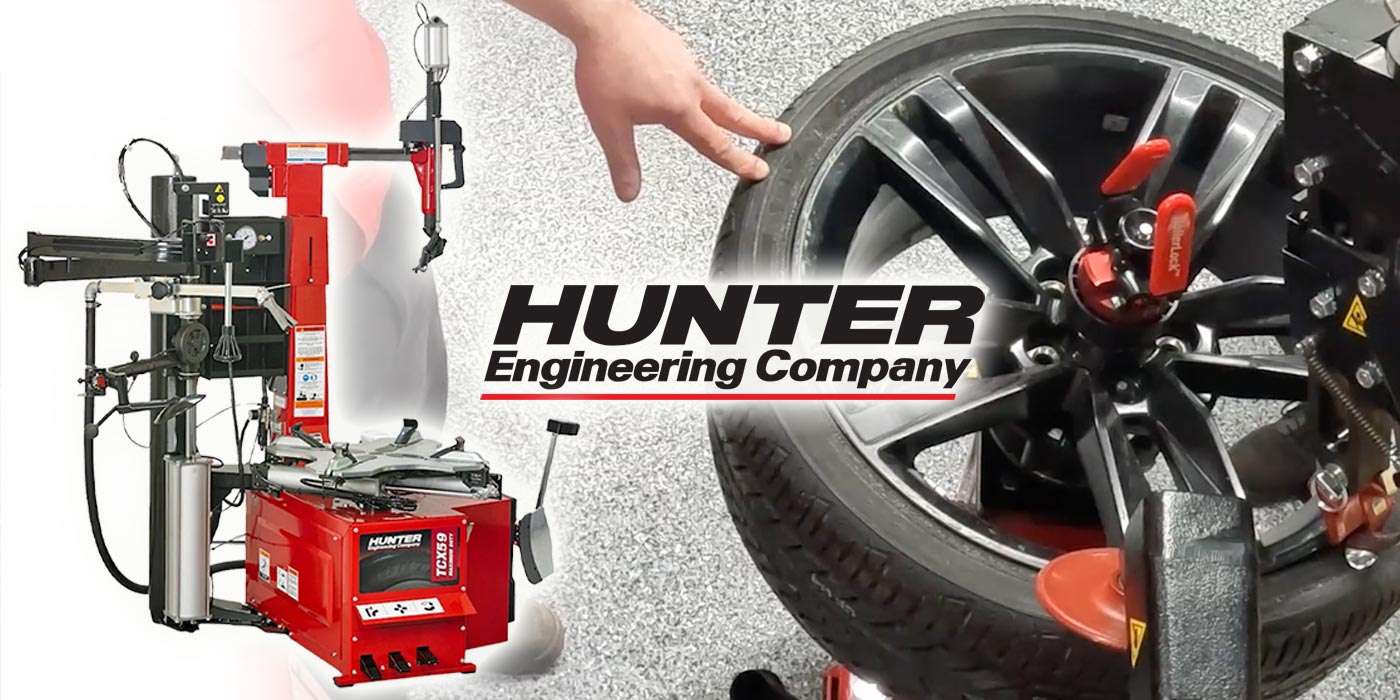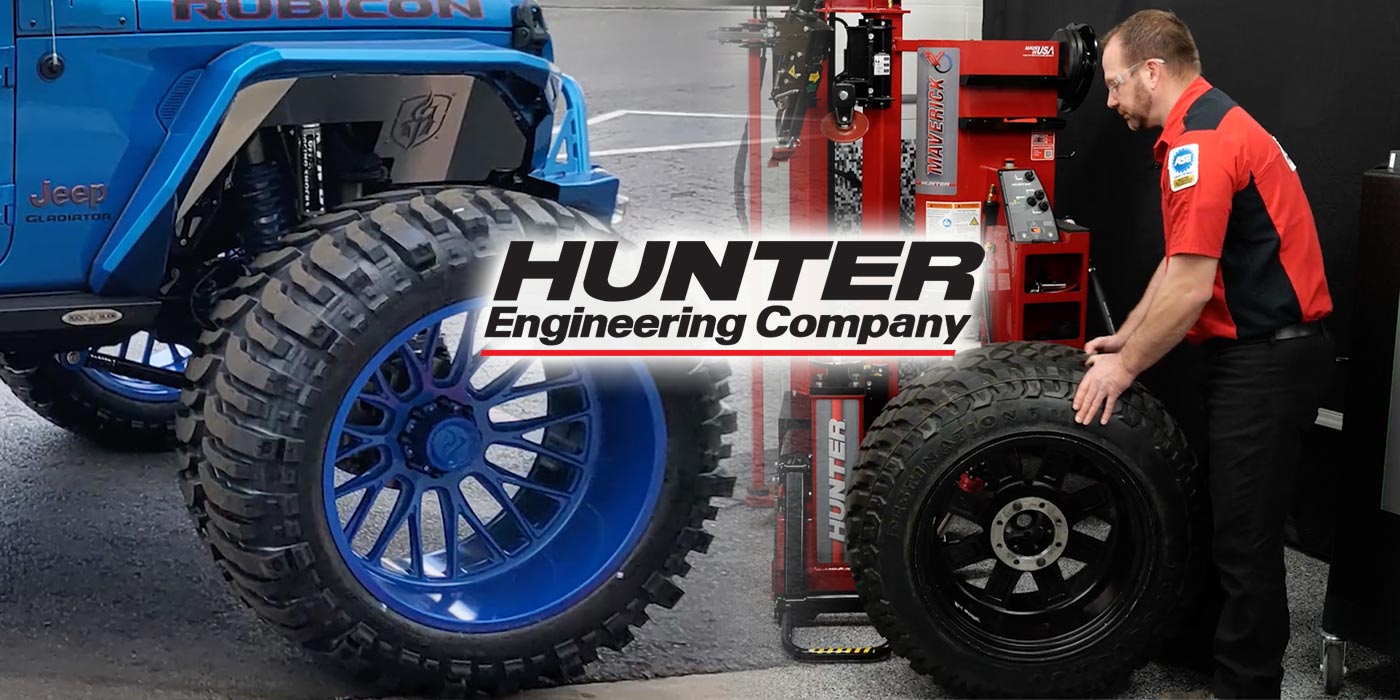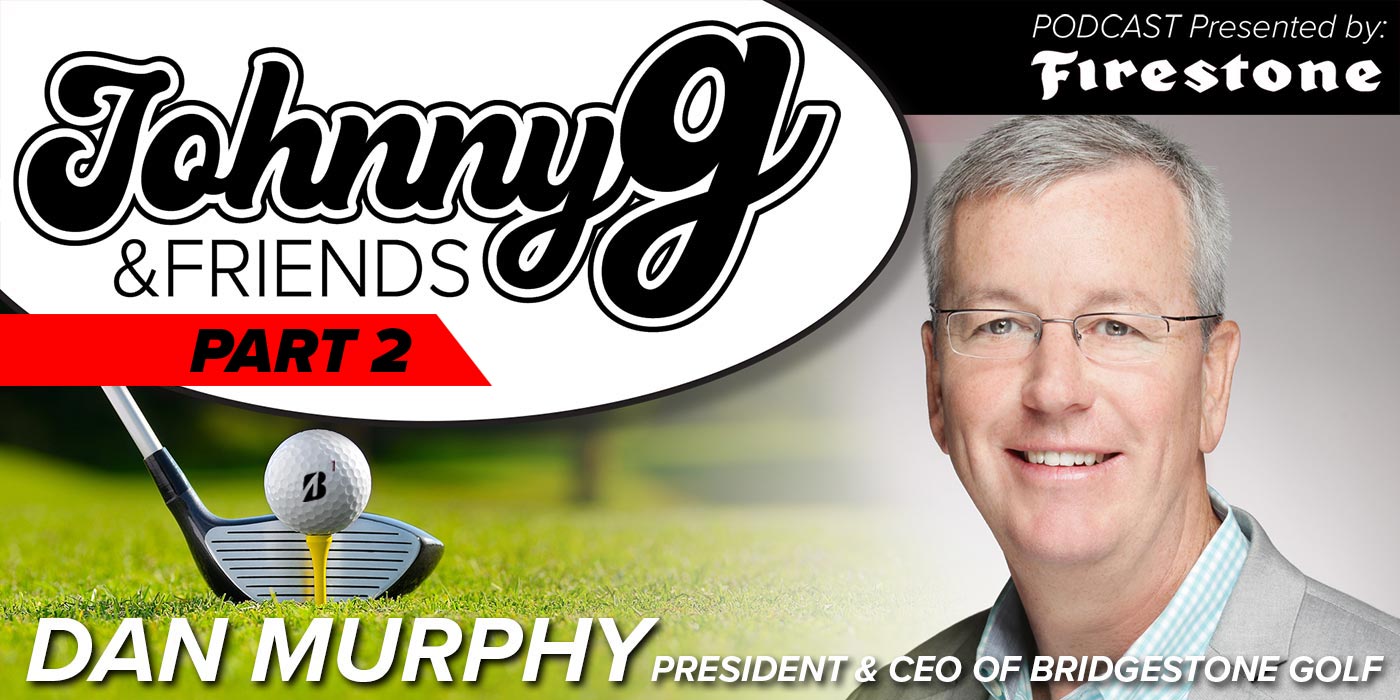There have been a lot of changes over the years to brake pad materials and manufacturing methods. We delve into the evolution of brake materials, in this Tire Review Continental Tire Garage Studio video.
Back in the day, there were only two prominent friction material families – semi-metallics and non-asbestos organics. Semi-metallics were known for being more aggressive or suited for applications with heavier loads and braking forces. Non-asbestos organics were for lighter passenger vehicles where noise and longevity were the top concerns.
In the first part of the 20th century, friction materials were woven with asbestos fibers. As material engineers improved resins, they ditched the woven materials to make a better brake material called a semi-metallic. These materials still had asbestos content, but the ability to mold and bond a friction material to a shoe or backing plate had a definite advantage.
Non-asbestos organic, or NAO friction materials, typically wear more than harder semi-metallic compounds. Most premium-quality NAO and ceramic-based linings were meant to provide long life and wear less than an equivalent set of NAO pads on the same application.
Then about 20 years ago, ceramic friction material made its way into the industry. Ceramic materials that go into a brake pad are tiny strands engineered to be a certain length and width. Some of the early articles on ceramic say the fibers were a replacement for asbestos fibers. But, these synthetic ceramics fibers also increased the performance of the friction materials.
There are three advantages of ceramic friction material in specific applications. First, ceramic materials offer stable performance under a wide range of temperatures. Second, ceramic brake pads manage heat in the caliper better on some vehicles than in some non-ceramic applications. Third, ceramic brake dust does not show up on or stick to wheels like other brake pad formulations.
Evolutions also came on the service side, as brake dynamometers were introduced. The benefits of this? Brake dynamometers can simulate the conditions the brake system will experience in a much shorter time. This means that a brake dynamometer can simulate the mass, inertia and performance capabilities of a vehicle.













